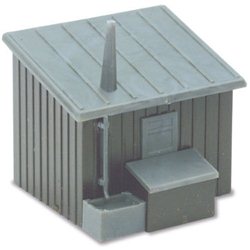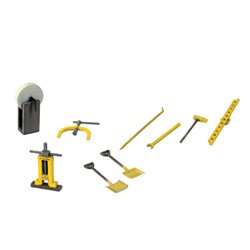Realistic snow can be a fantastic backdrop for a layout or diorama and it can be achieved fairly easily and cheaply....
No products
Product successfully added to your shopping cart
There are 0 items in your cart. There is 1 item in your cart.
Search Tips
Christmas and New Year
We are dispatching orders every weekday apart from Christmas Day, Boxing Day and New Year's Day.
If you order is time critical, select next day delivery at checkout.
The shop in Sandown is closed from 25th December, reopening on 30th December.
What is a "platelayer's hut"?
The little wooden huts or sheds that modellers often place by the side of their tracks are likely to be "platelayer's huts".
A platelayer was a railway worker responsible for the upkeep of the track. They looked after an allocated section of track undertaking duties such as checking fishplates, bolts and track condition, greasing turnouts, clearing gutters and weeding.
A platelayer's hut was to keep their tools in and no doubt got used to shelter during bad weather.
Click here to receive the tips weekly in your mailbox. You can unsubscribe at any time.










